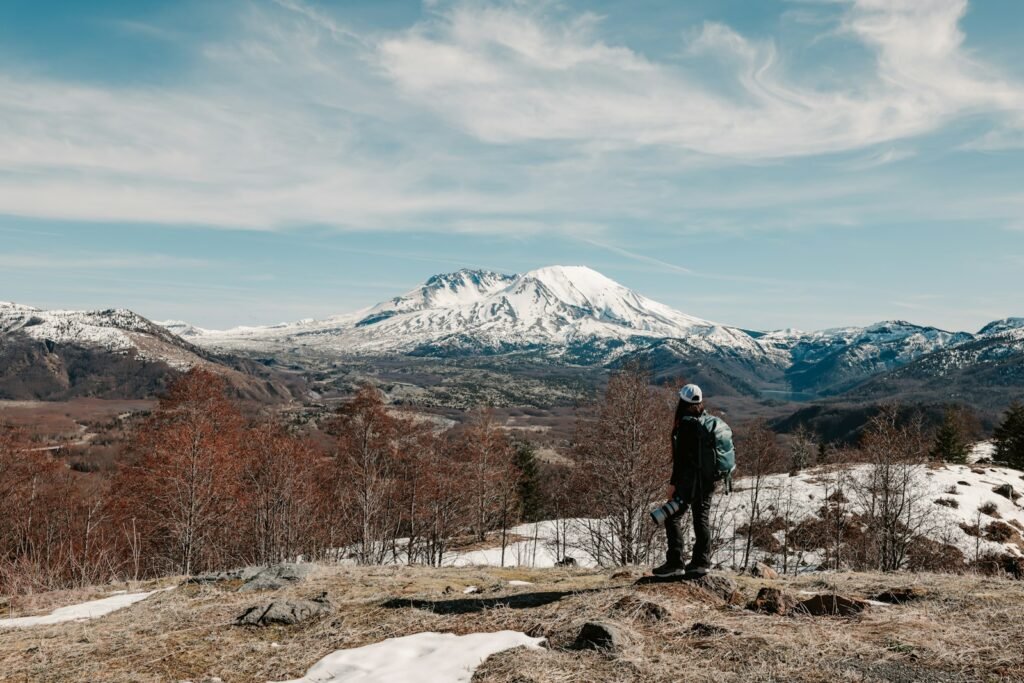On a quiet morning in May 1980, Mount St. Helens erupted with a ferocity that stunned the world. In just moments, forests that had stood for centuries vanished beneath a choking blanket of ash and debris. The landscape, once teeming with life, was transformed into a gray wasteland that seemed utterly inhospitable—a place where hope appeared to have been erased alongside the trees. Yet, against all odds, life began to creep back. Plants, animals, and microbes launched a dramatic comeback, rewriting the very definition of resilience. The story of Mount St. Helens is not just one of destruction, but of rebirth—a living testament to nature’s ability to heal, adapt, and surprise.
The Day the World Changed: The 1980 Eruption

The eruption of Mount St. Helens on May 18, 1980, was one of the most catastrophic natural events in American history. Exploding with the force of over 500 atomic bombs, the volcano blasted away 1,300 feet of its summit, flattening 230 square miles of vibrant forest. Rivers of mud and ash flowed at terrifying speeds, stripping the landscape of nearly every trace of green. The air was thick with dust, and the sun disappeared behind a veil of darkness. In an instant, habitats were obliterated, countless animals perished, and scientists feared the area would remain barren for centuries. But beneath the chaos, seeds of recovery were already being sown.
The Blank Canvas: A Landscape of Ash

After the eruption, Mount St. Helens resembled an alien planet more than a living forest. The ground was covered in ash and pumice up to 150 feet deep in places, suffocating soil and smothering all visible life. Rivers and lakes were choked with debris, their waters transformed into muddy, lifeless pools. Even the air felt different—dry, sharp, and eerily silent. Many experts predicted it would take hundreds, if not thousands, of years before life could return. But nature had a different plan, and the so-called “dead zone” soon became a stage for one of the greatest ecological recoveries ever witnessed.
Pioneers in the Ash: The First Signs of Life
Amid the devastation, the first colonizers were not mighty trees or large animals, but humble mosses, lichens, and fungi. These hardy pioneers clung to rocks and ash, breaking them down with incredible patience. Lupines, with their vivid purple blooms, pushed through the gray dust, fixing nitrogen in the soil and paving the way for other plants. Even pocket gophers, survivors that had burrowed deep underground during the blast, emerged to churn the earth and spread seeds. Their unexpected presence kickstarted the recovery, showing that life’s determination can outwit even the harshest odds.
Seeds of Hope: Plants Reclaim Their Territory
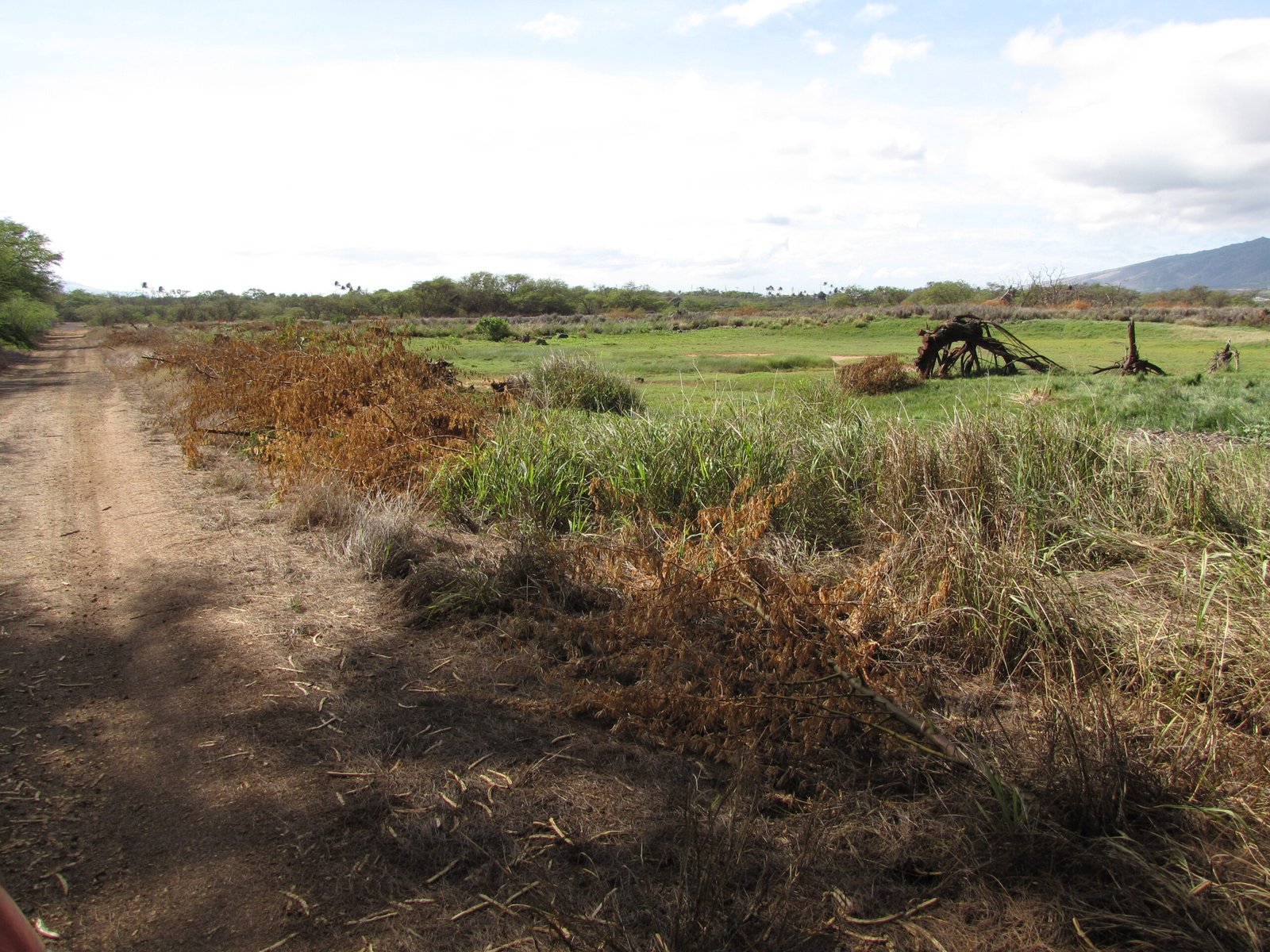
Once the first colonizers gained a foothold, other plants quickly followed. Willow and alder trees began to sprout along the edges of streams, their roots stabilizing the soil and preventing erosion. Fireweed, with its brilliant pink flowers, blanketed the hillsides, a striking symbol of renewal. Each year brought new shades of green, as grasses and shrubs spread across the landscape. The returning plants not only held the soil together but also created shelter and food for wildlife, setting the stage for a more complex web of life to develop.
Animal Comeback: Wildlife Returns to the Blast Zone
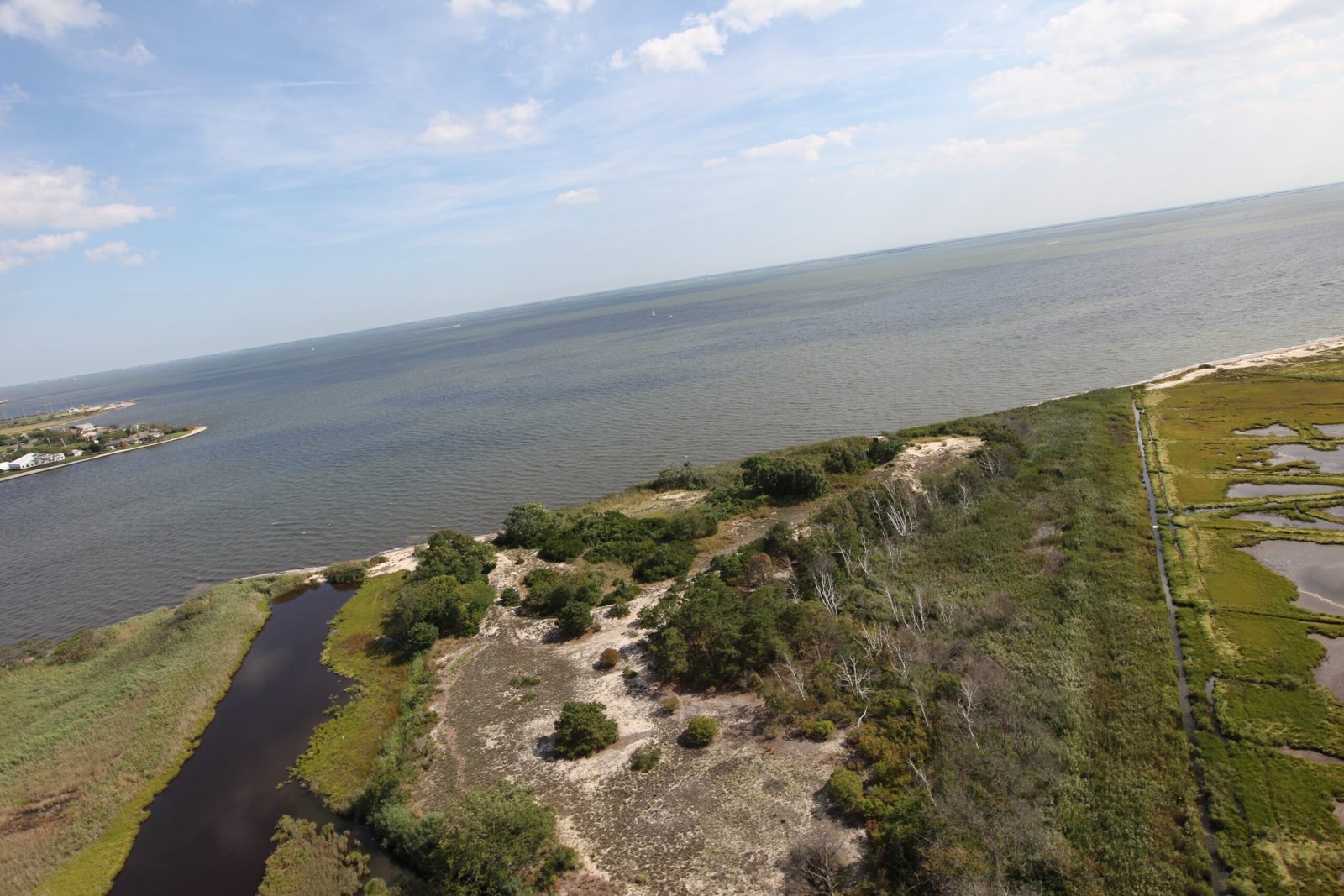
Surprisingly, animals did not wait for the forest to fully regrow before making their return. Insects, birds, and small mammals were among the first to recolonize the area. Ants and beetles scuttled over the ash, helping to decompose organic matter. Birds like the mountain bluebird and dark-eyed junco found nesting sites in fallen logs and snags left standing by the blast. Deer, elk, and even black bears soon followed, drawn by the burgeoning plant life and the promise of new territory. The return of these animals accelerated the recovery by spreading seeds and fertilizing the soil.
The Role of Water: Streams, Lakes, and Wetlands
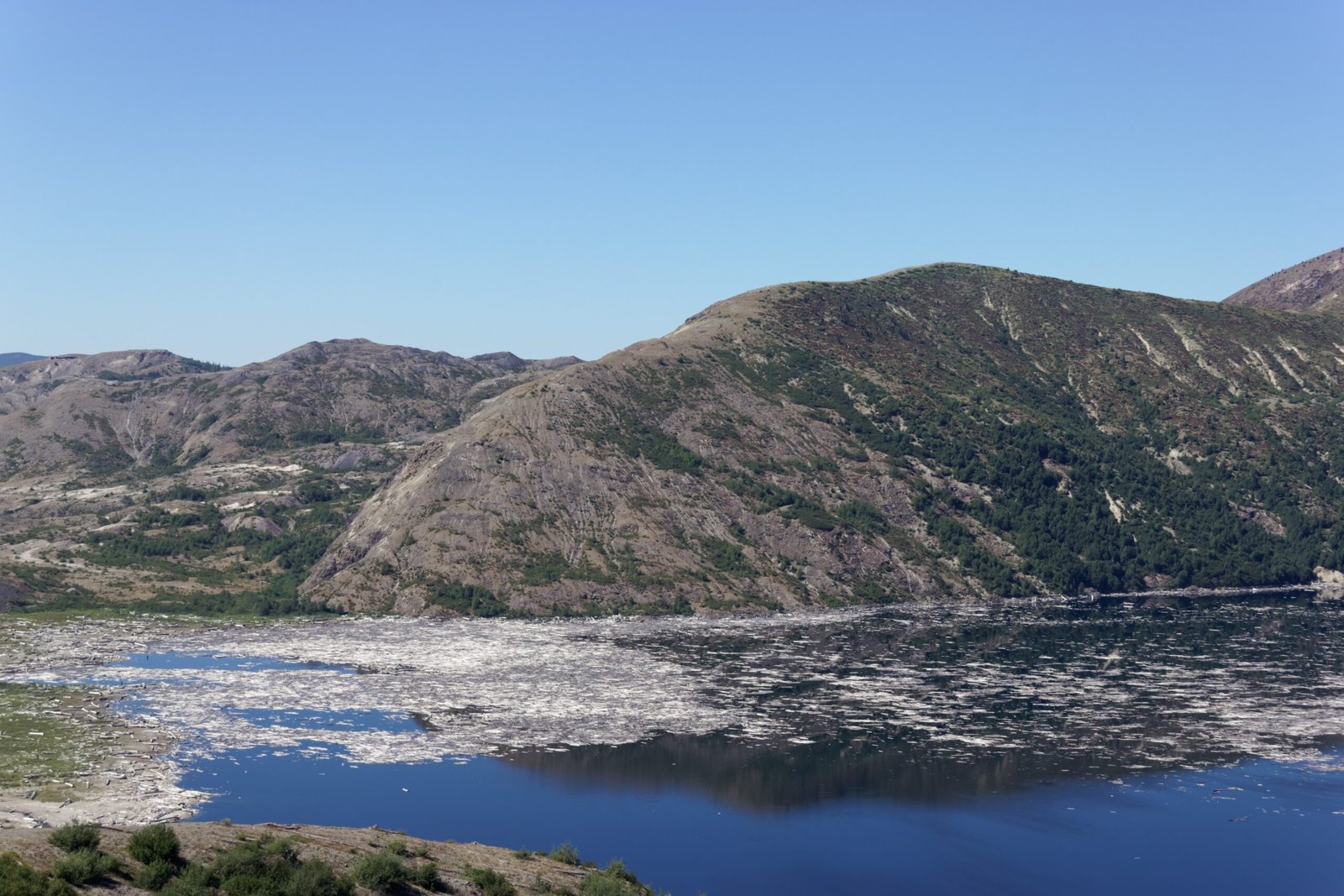
Water played an essential role in the rebirth of Mount St. Helens. The eruption drastically altered existing waterways, creating new lakes and wetlands while rerouting streams. Spirit Lake, once a crystal-clear sanctuary, was filled with floating logs and ash, but slowly, life returned to its waters. Aquatic insects, frogs, and fish began to reappear, some introduced by birds or carried in on the wind. Wetlands formed in low-lying areas, attracting waterfowl and creating oases of biodiversity. These watery habitats became crucial lifelines for plants and animals, serving as stepping stones for further colonization.
The Microbial Miracle: Life Too Small to See
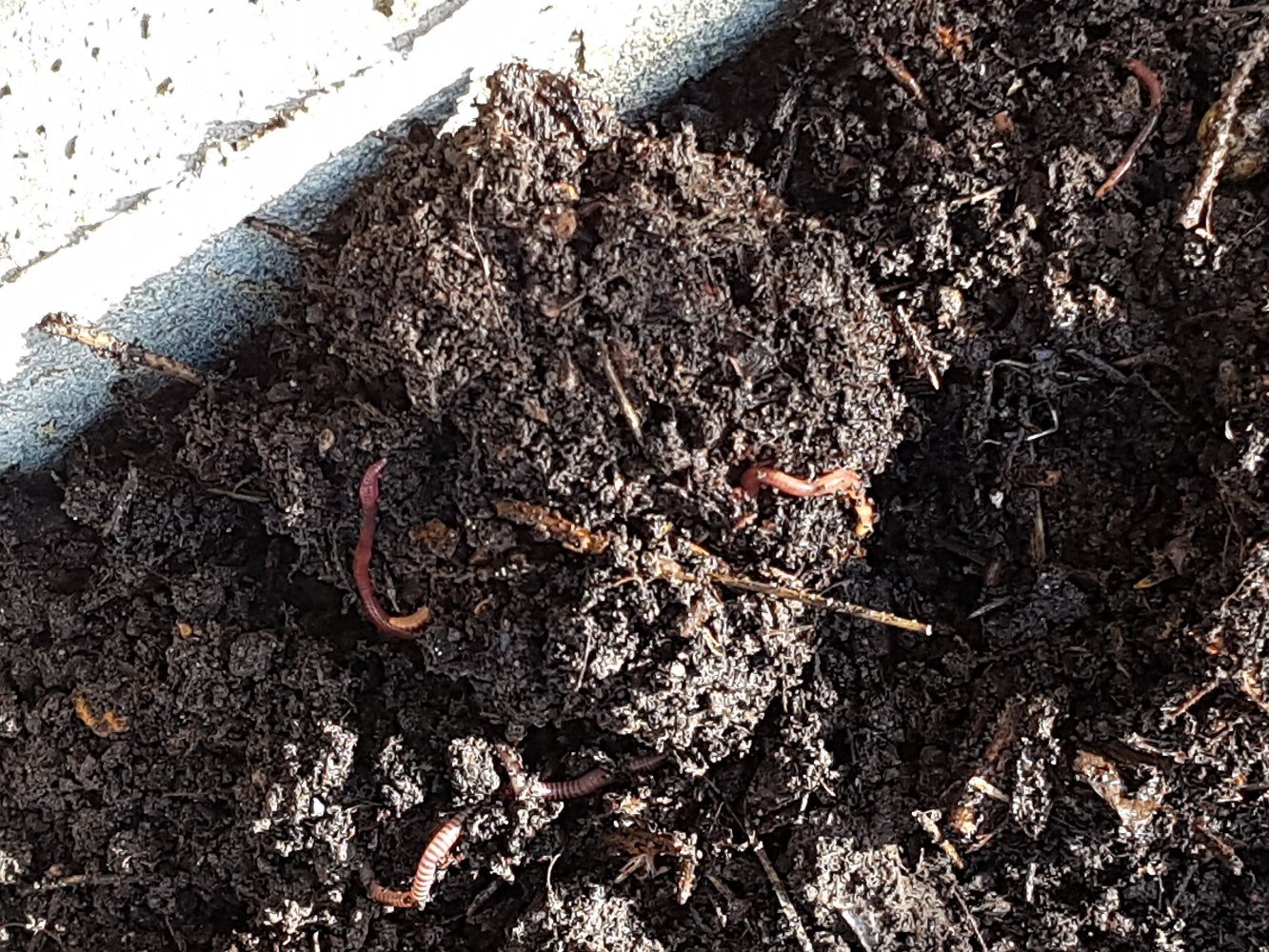
While larger plants and animals drew the most attention, it was the invisible world of microbes that quietly powered the recovery. Bacteria and fungi broke down volcanic ash and organic debris, releasing nutrients essential for new growth. Mycorrhizal fungi formed symbiotic partnerships with plant roots, helping them absorb water and minerals from the nutrient-poor soil. These microscopic communities acted like nature’s engineers, transforming barren ground into fertile earth. Without them, the forest’s return would have been far slower and less spectacular.
Forest Succession: Stages of Renewal
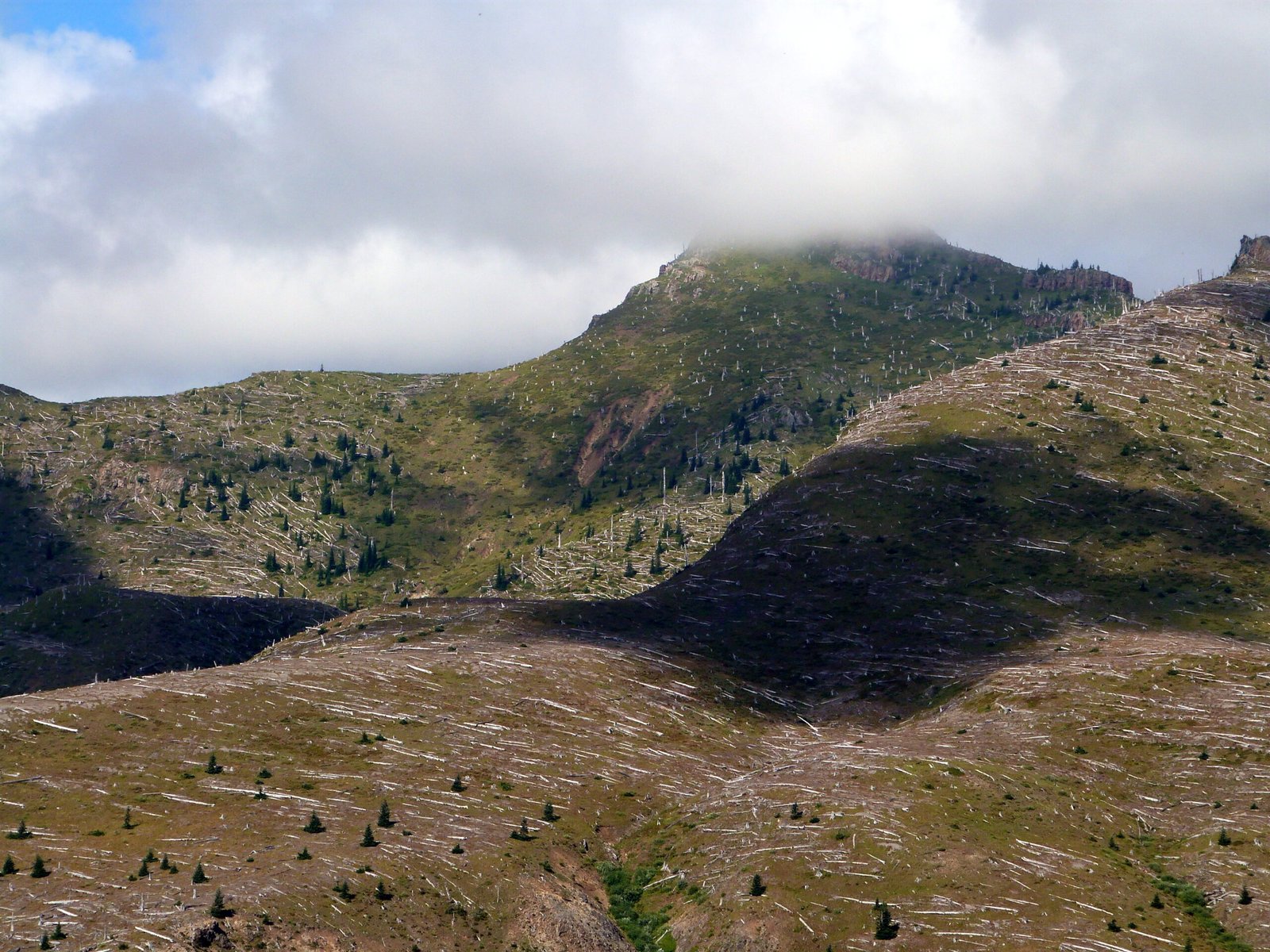
The transformation of Mount St. Helens was not instantaneous, but followed a fascinating process known as ecological succession. Early years saw open fields of hardy wildflowers and shrubs, gradually giving way to young forests of alder and willow. As decades passed, Douglas firs and other conifers began to dominate, shading out earlier species and creating a multilayered canopy. Each stage brought new challenges and opportunities, shaping the community of plants and animals. The forest today is a living mosaic, with patches of different ages and types, each telling a unique story of survival and change.
Lessons from the Blast Zone: Nature’s Resilience

The rebirth of Mount St. Helens has challenged many ideas about how ecosystems recover from catastrophe. Scientists once thought that recovery would be slow and predictable, but the mountain proved that surprises are the rule, not the exception. The rapid return of life, the unexpected role of survivors like pocket gophers, and the importance of random chance all highlight the complexity and resilience of nature. Ecologists now use Mount St. Helens as a living laboratory, learning lessons that apply to forests, grasslands, and even urban environments facing their own disturbances.
Human Witnesses: Scientists and the Power of Observation
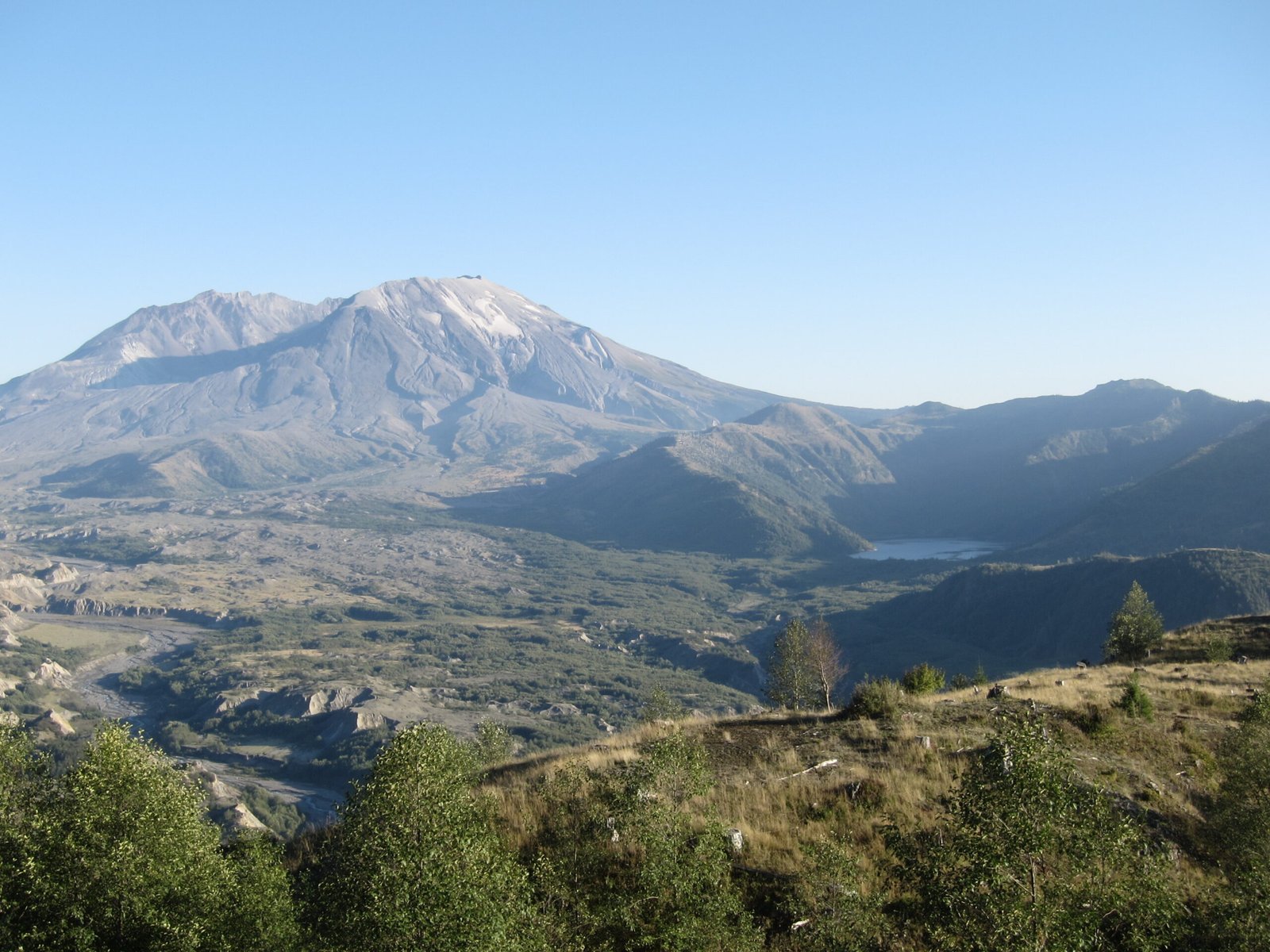
The story of Mount St. Helens is also a testament to the value of patient observation. Since the eruption, teams of researchers have monitored every stage of the forest’s return, documenting changes in plants, animals, and soils. Their work has revealed patterns and surprises that textbooks could never predict. One ecologist famously remarked, “We came expecting a wasteland, but what we found was a miracle.” The insights gained here have inspired new approaches to conservation and restoration around the world, reminding us that healing is possible—even in the darkest times.
What Mount St. Helens Teaches Us About the Future
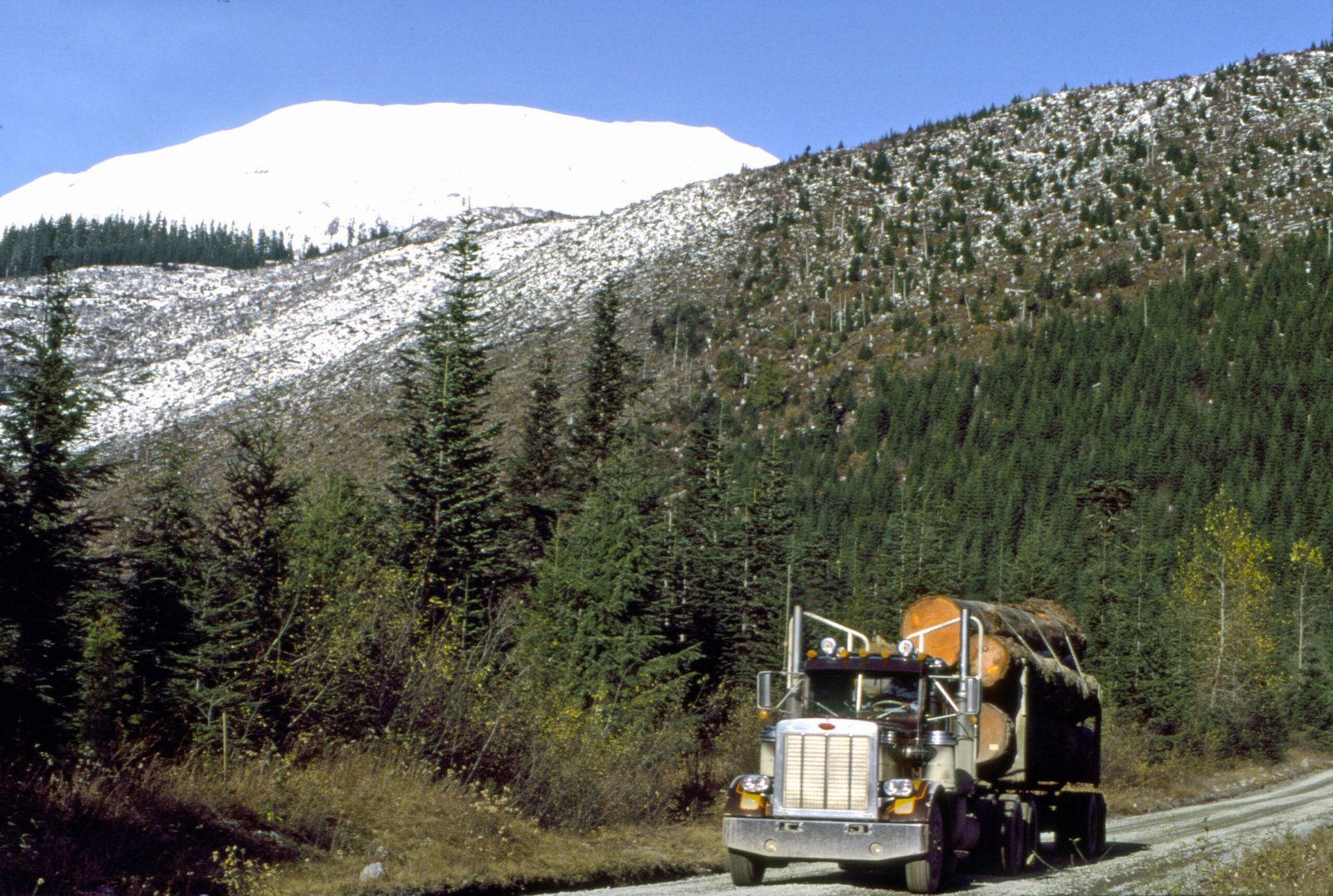
Today, the forests on Mount St. Helens stand as a powerful symbol of hope and renewal. They show us that even after unimaginable loss, life can return stronger and more diverse than before. In an era of wildfires, climate change, and environmental crises, these lessons feel more urgent than ever. The mountain encourages us to respect nature’s power, but also to believe in its capacity for recovery. As we face new challenges, the story of Mount St. Helens reminds us to never underestimate the tenacity of life—or our own ability to protect and restore the wild places we cherish.

